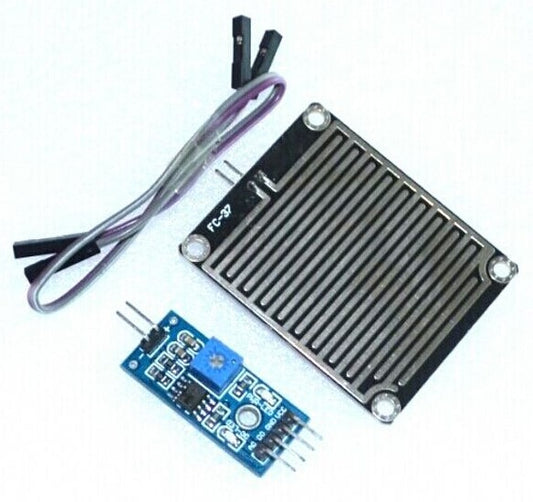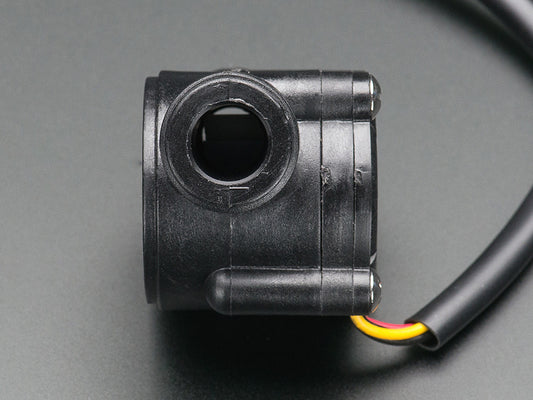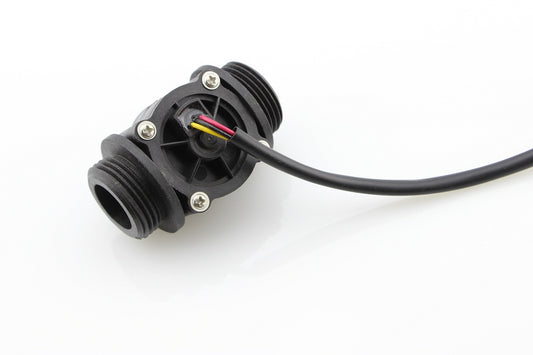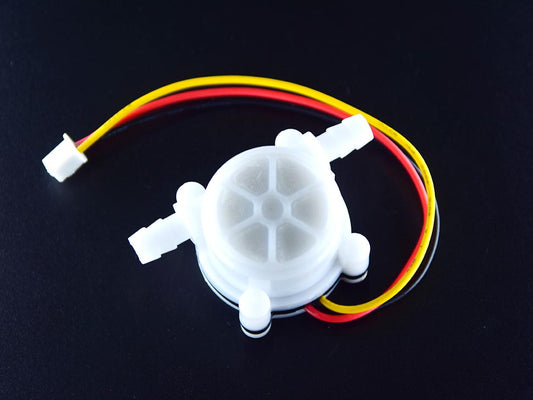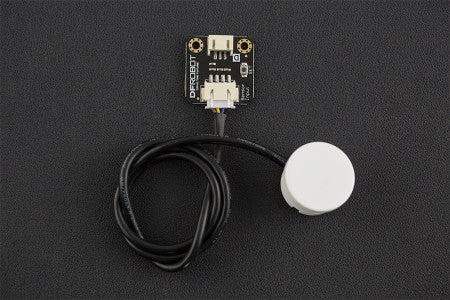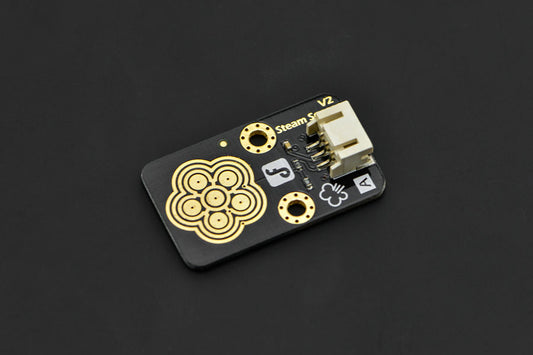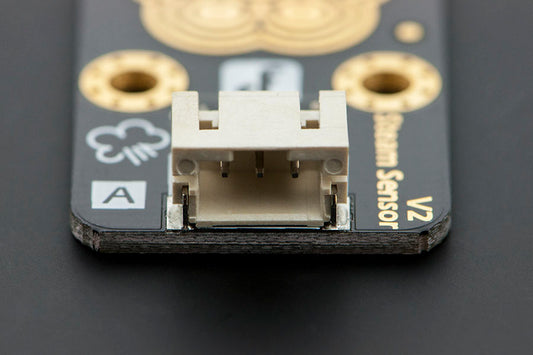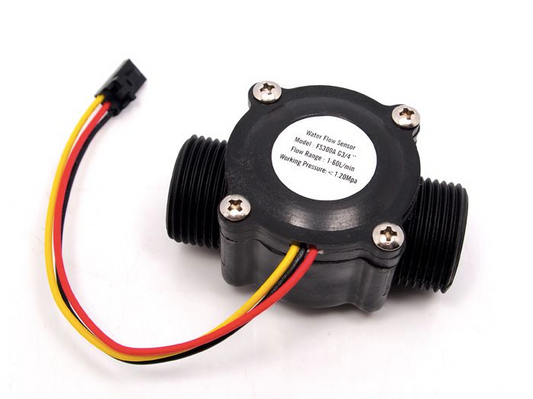Flow & Fluid Sensors Philippines: Water Flow, Level & Pressure | Circuitrocks
Flow & Fluid Sensors — Water Flow, Level Monitoring & Pressure Measurement
Monitor liquid movement, tank levels, pressure, and clarity using our complete range of flow & fluid sensors. From water flow meters and liquid level switches to pressure transducers and turbidity sensors, these modules are ideal for automation, water systems, IoT, agriculture, and industrial monitoring.
Flow Meters • Fluid Level • Pressure • Liquid Sensors • Turbidity • Water Monitoring
Why shop flow sensors here
-
Reliable modules: Hall-effect flow meters, level switches & transducers
-
Wide compatibility: Arduino, ESP32, Raspberry Pi & PLC-style systems
-
PH support: calibration tips, plumbing size matching & wiring help
Popular uses
- Water tank automation & pump control
- Irrigation & hydroponics systems
- Industrial fluid monitoring
- Environmental and turbidity sensing
- Smart meters & IoT dashboards
Featured flow & fluid sensor categories
Tip: Flow sensors require filtering in software—use moving averages to smooth pulse readings for accuracy.
Flow & fluid sensor chooser (quick guide)
| Need |
Best choice |
Notes |
| Monitor water flow rate |
Hall-effect water flow meter |
Choose size (G1/2, 3/4, 1”) that matches your pipe. |
| Detect tank water level |
Float switch or optical sensor
|
Simple and reliable for on/off level detection. |
| Measure actual water depth |
Pressure transducer |
Converts water column height to PSI/cm readings. |
| Check water clarity |
Turbidity sensor |
Great for aquariums, filtration, and environmental monitoring. |
| Smart irrigation automation |
Flow meter + level sensor |
Enables pump control and consumption tracking. |
Flow sensors vary by thread size, minimum flow rate, voltage, and pulse factor—always match specifications to your plumbing and controller.
Starter bundles
-
Water Automation Kit: G1/2 flow sensor + float switch + relay module
-
Irrigation Kit: flow sensor + ESP32 + OLED display
-
Industrial Monitoring Kit: pressure transducer + ADC + enclosure
FAQ
Are flow sensors compatible with Arduino and ESP32?
Yes—most flow and level sensors output pulses or analog signals easily read by Arduino, ESP32, and Raspberry Pi.
Can flow sensors measure dirty water?
Light particles are okay, but heavy sediment may reduce accuracy. Use turbidity sensors for water quality monitoring.
Do pressure sensors need calibration?
Most provide linear output but may require offset calibration depending on your ADC.
Do you ship nationwide?
Yes—fast shipping anywhere in the Philippines with same-day processing for in-stock items.
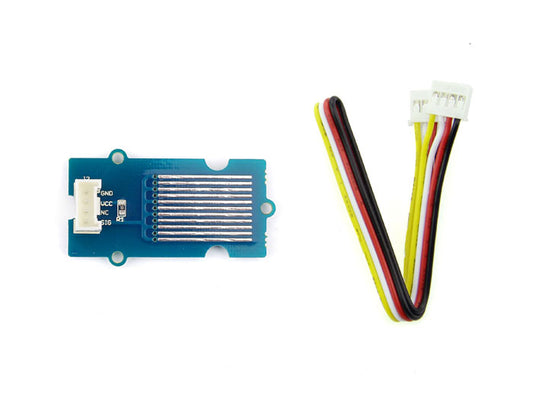 Sold out
Sold out

